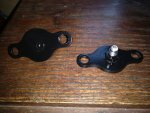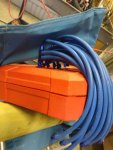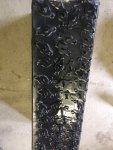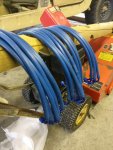MaverickH1
Member
- 345
- 6
- 18
- Location
- Roanoke, VA
I agree. But if the data is correct, I don’t see any way that it is good. And I’d agree that further testing would be required.Admittedly, we don't have a complete picture available of the dynamics at play to form a solid thesis. There may be any number of things at play to explain what I measured. That's why I thought a total engine picture or video with a thermal imager would give a more complete picture of the temperature state of the block versus my little spot thermometer.
Also the increase was potentially small enough to be affected by environmental variables since the weather was warmer all day Wednesday and I made the drive at a time only after it had started to cool off.
In the end, I think the most important takeaway from the data and observations I collected was the decrease in frequency of fan engagements and perceived reduction in the duration of those engagements which gives an overall impression of increase in cooling system efficiency, likely due to improved and more uniform coolant flow in the system. The fact is this block design does result in a dead space for coolant flow in this area and has always been an issue (which the turbo engines exacerbated) and, this kit works to eliminate that and improve system coolant flow. That's my takeaway given what I've got at hand to work with. And like I said, it's going to be up to the buyer to decide if the kit is worth the cost vs benefit. Personally I like addressing a known design issue and having the kit at a more reasonable price than other, similar systems that are designed differently.
If heat is being taken from the front of the engine to the rear somehow, that would cause the fan to run less frequently since the sensors for the fan are located on the front of the engine.





